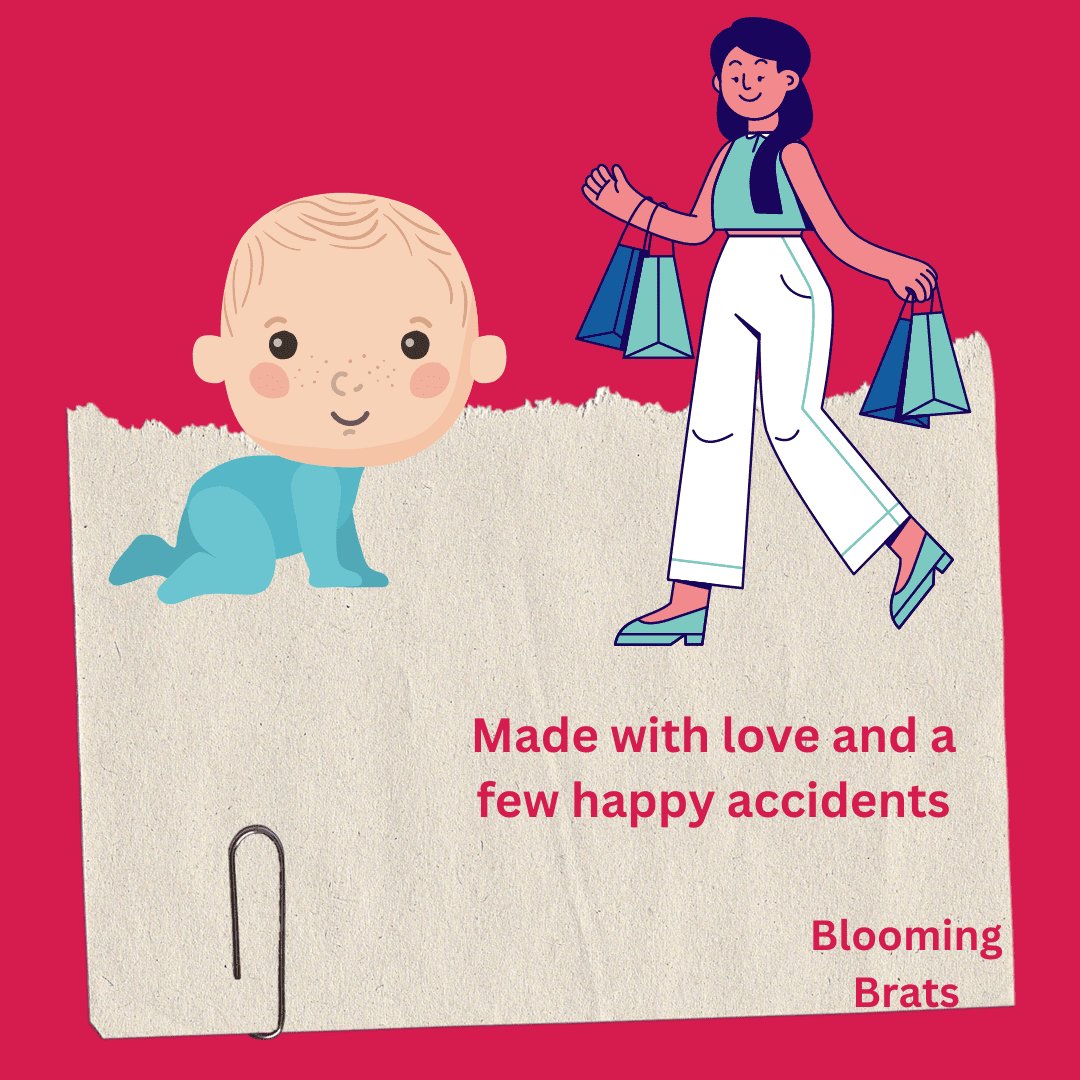Choosing clothes for infants can be an exciting but challenging task for new parents. While there are countless adorable options available. When it comes to dressing infants, there are some common mistakes that new parents or caregivers can make. Infant clothes are specifically designed garments and accessories made for newborns and babies up to the age of 24 months. These tiny outfits are crafted with utmost care, considering the delicate nature of a baby’s skin and their need for comfort and mobility.
Infant Clothes
Infant clothing typically features soft, breathable fabrics such as cotton, organic cotton, or bamboo, ensuring maximum comfort and minimizing the risk of skin irritation. They frequently include elements like snap buttons, elastic waistbands and expanding necklines. They made with consideration for simple dressing and diaper changes.
These clothes come in a wide variety of styles, including onesies, bodysuits, rompers, dresses, tops, bottoms, sleepwear, and outerwear. They may feature adorable patterns, playful prints, or simple and classic designs. Many newborn garments feature adorable designs, figures, or animal themes, which give the child’s wardrobe a charming and enjoyable touch.
How to Prevent them
Here are twelve of the worst mistakes when it comes to infant clothes, along with tips on how to prevent them:
- Buying too many new born-size clothes: Babies grow quickly, and new born-size clothes may only fit for a short time. Avoid buying excessive amounts of new born clothes and focus on larger sizes that your baby will grow into.
- Neglecting comfort: Infants have delicate skin, so prioritize soft, breathable fabrics like cotton. Avoid clothes with scratchy tags, rough seams, or tight elastic that can cause discomfort.
- Overlooking practicality: Opt for clothes that are easy to put on and take off, especially during diaper changes. Look for items with snaps, zippers, or envelope necklines that allow for quick and hassle-free dressing.
- Skipping layering options: Infants can’t regulate their body temperature well, so layering is key. Avoid dressing them in a single heavy garment. Instead, choose thin, easily removable layers to add or remove as needed.
- Ignoring weather conditions: Dress your baby appropriately for the weather. Avoid overdressing or underdressing them, and consider the season and the temperature when selecting their clothing.
- Neglecting safety: Avoid clothing with loose buttons, small decorations, or long strings that could pose a choking hazard. Ensure that the clothes fit well without restricting movement or circulation.
- Forgetting about accessibility: If your baby requires medical equipment or has specific needs, choose clothes that accommodate these requirements. Look for designs with openings or features that allow easy access to necessary areas.
- Disregarding laundry instructions: Pay attention to the care instructions on the clothing labels. Avoid shrinking or damaging the clothes by following the recommended washing and drying methods.
- Ignoring growth spurts: Babies grow rapidly, so avoid buying too many clothes in advance. Instead, purchase clothes in small batches to accommodate their growth spurts and changing sizes.
- Focusing only on style: While it’s fun to dress up babies in cute outfits, prioritize comfort and practicality over style. Avoid wearing outfits that are difficult to put on or take off and involve a lot of work.
- Overspending on designer brands: Babies outgrow their clothes quickly, so investing in expensive designer brands may not be cost-effective. Look for affordable options that still meet the criteria of comfort, quality, and safety.
- Not having enough spare clothes: Babies can be messy, and accidents happen frequently. Avoid running out of clean clothes by having an ample supply of spare outfits on hand, especially when going out or traveling.
By being aware of these common mistakes and taking the necessary precautions, you can ensure that your baby’s wardrobe is practical, comfortable, and appropriate for their needs. Enjoy the process of dressing your little one and watching them grow!



